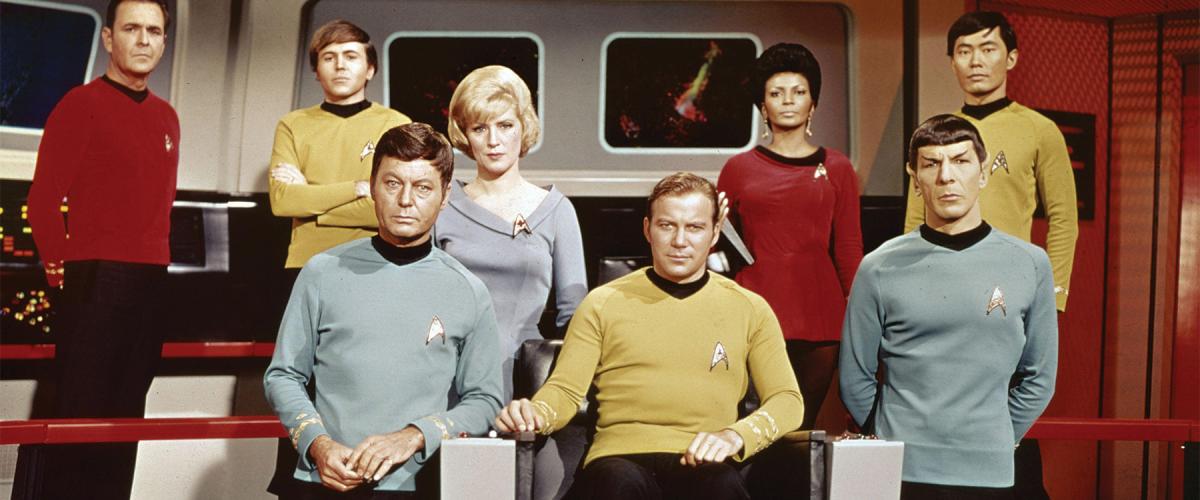
They called him Captain Kirk, not Colonel Kirk. Science fiction is littered with spacefaring personnel who follow the naval model—Admiral William Adama (Battlestar Galactica), Captain Ed Mercer (The Orville), and Captain Malcolm Reynolds (Firefly). These are only a few examples of characters retaining naval structure when moving beyond Earth’s atmosphere.
Within these stories, there is good reason for adopting a naval model that goes beyond calling spacecraft ships. The naval model has implications for ship design and resupply, given that crews will be away from their home ports for weeks or months at a time. The fictional crews adopted the naval premise of operations—and fleet structures—because their spacecraft also would need to be largely self-sufficient during long exploration missions.
Other service models maintain a very different conceptualization of deployments. The longest bombing mission in Air Force history, for example, lasted more than 70 hours, with 44 hours of total flight time.1 Although this was impressive, and an excruciatingly long time inside a B-2, modern-era ship deployments last months. A three-day trip on board a ship would be more akin to an engine test than the longest naval cruise in history. In 2020–21, the Nimitz Carrier Strike Group set a record for longest deployment since the Vietnam War at 321 days, and the Great White Fleet embarked on a 14-month around-the-world deployment in December 1907.2
A naval model is structured with long-term deployment in mind. Ship design is the first consideration, as each vessel must be self-sustaining with limited resupply. The galley is a much greater concern on board a destroyer than on a B-2. Logistics to support underway replenishment then becomes another consideration. Air Force missions are not designed with long-term resupply in mind, whereas Navy supply chains extend for months.
So, why did the Space Force adopt the Air Force model?
Because the Space Force primarily is focused on orbital operations, there currently is no need to consider deep-space logistics. However, a military service should never operate from a short-term perspective. Sailors did not envision nuclear-powered aircraft carriers and submarines 247 years ago, but their systems adapted and evolved along with the new platforms. Maybe we do not have the Constitution-class ships of Starfleet or the Daedalus-class ships of the Stargate franchise today, but what will change in the next 247 years? By 2270, we might have some form of sustained spacefaring vessel(s). Commercial programs such as Blue Origin and SpaceX already have broken ground in that area.
Science fiction has a way of becoming reality. In about three decades, we went from the fictional flip communicators in Star Trek to flip phones. Maybe not this century, or even the next, but one day the Space Force likely will need to deploy vessels for prolonged periods in outer space. Its leaders might want to consider using a naval operational model—or risk succumbing to logistical failures that repeatedly have doomed military forces throughout history.
If the Space Force wants to call the commanding officer Colonel Kirk, so be it. However, it had better be thinking logistically about extended spacefaring missions if it hopes to boldly go where no one has gone before.
"follow" - Google News
July 01, 2023 at 03:08AM
https://ift.tt/NrxyRPX
The Space Force Should Follow a Naval Model - USNI News
"follow" - Google News
https://ift.tt/pQqhraS
https://ift.tt/C8tmIdj
Bagikan Berita Ini















0 Response to "The Space Force Should Follow a Naval Model - USNI News"
Post a Comment